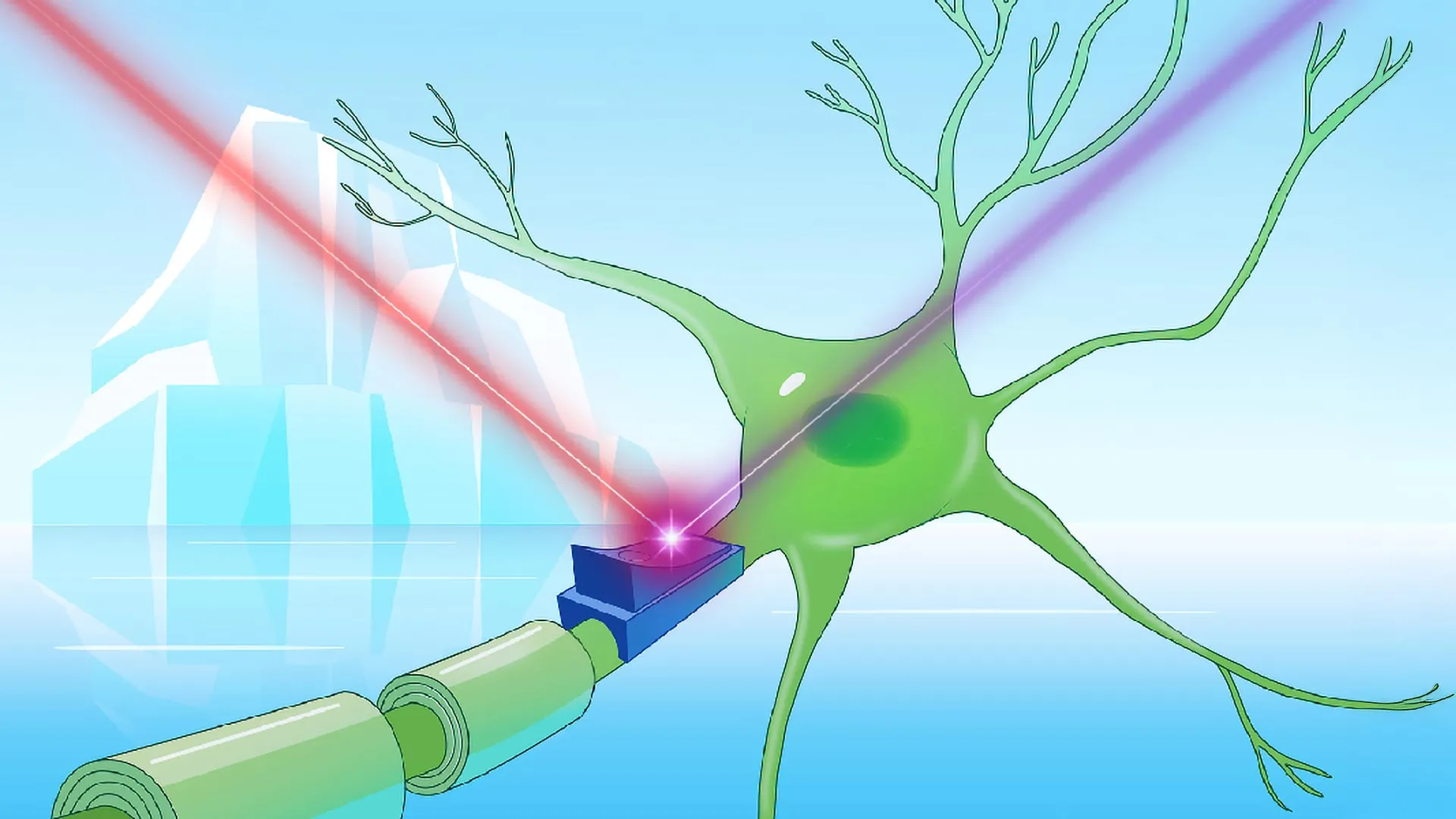Neuroscience
Frozen light switches: How Arctic microbes could revolutionize neuroscience

**When Ice-Dwelling Microbes Meet Neuroscience Breakthroughs**
What’s Happening?
Scientists have discovered light-sensitive molecules in Arctic microbes that could revolutionize neuroscience. These “cryorhodopsins” react to light, potentially allowing researchers to control brain cells with precision. Some even emit a rare blue glow, offering novel medical applications.
Where Is It Happening?
Remote, icy regions like the glaciers of Greenland, the Himalayas’ high altitudes, and Finland’s permanently frozen groundwater.
When Did It Take Place?
Ongoing research, with recent discoveries highlighting the potential of these molecules in neuroscience.
How Is It Unfolding?
– Cryorhodopsins in microbes have been identified as highly responsive to light.
– These molecules could enable precise control of brain activity, acting like biological switches.
– Some emit blue light, useful for visualizing cellular activity in medical research.
– Potential applications include advanced brain-computer interfaces and light-activated hearing aids.
– Researchers are exploring how these molecules help microbes survive extreme, frozen environments.
Quick Breakdown
– Light-sensitive proteins found in Arctic microbes.
– Capable of controlling neural activity via light stimulation.
– Rare blue fluorescence offers new medical imaging opportunities.
– Implications for brain tech, like next-gen neuroprosthetics and therapeutics.
Key Takeaways
Imagine unlocking the potential of the human brain with tools borrowed from microscopic organisms thriving in the coldest corners of the Earth. Cryorhodopsins could usher in a new era of neuroscience, offering safer, more precise methods for studying and manipulating brain function. These molecules, naturally adapted to harsh environments, hold the key to breakthroughs in medical technology.
These microscopic marvels are nature’s hidden gift to neuroscience, offering a glimpse into the future of brain manipulation.
– Elena Petrov, Structural Biologist
Final Thought
The discovery of cryorhodopsins highlights nature’s ingenuity and its potential to reshape modern medicine. By harnessing these light-sensitive proteins, we may soon see groundbreaking advancements in neuroscience and medical technology. The fusion of Arctic biology and neural engineering holds promise for both scientific exploration and therapeutic innovation.
Source & Credit: https://www.sciencedaily.com/releases/2025/07/250704235550.htm
Neuroscience
Firefly Neuroscience Successfully Deploys NVIDIA L40S GPU
Neuroscience
Leadership Congruence: Why Authenticity Isn’t Enough To Build Trust
Neuroscience
Firefly Stock Jumps As Nvidia Partnership Boosts AI-Driven EEG Technology For Neurological Care
-

 GPUs2 weeks ago
GPUs2 weeks agoNvidia RTX 50 SUPER GPU rumors: everything we know so far
-
Entertainment1 week ago
‘Big Brother 27’ Contestant Rylie Jeffries Breaks Silence on Katherine Woodman Relationship
-

 NASA1 week ago
NASA1 week agoNASA Makes Major Discovery Inside Mars
-

 News1 week ago
News1 week ago5 Docker containers I use to manage my home like a pro
-

 NASA1 week ago
NASA1 week agoNASA Peers Inside Mars And Discovers A Mysteriously Violent Martian Past
-

 News1 week ago
News1 week ago“There’s a Frustration”: Chicago Sky Coach Voices True Feelings After Narrow Loss
-

 News2 weeks ago
News2 weeks agoMississippi declares public health emergency over rising infant deaths. Here’s what to know
-

 News1 week ago
News1 week ago4-Team Mock Trade Has Warriors Acquiring Pelicans’ $112 Million Forward, Sending Jonathan Kuminga to Suns












